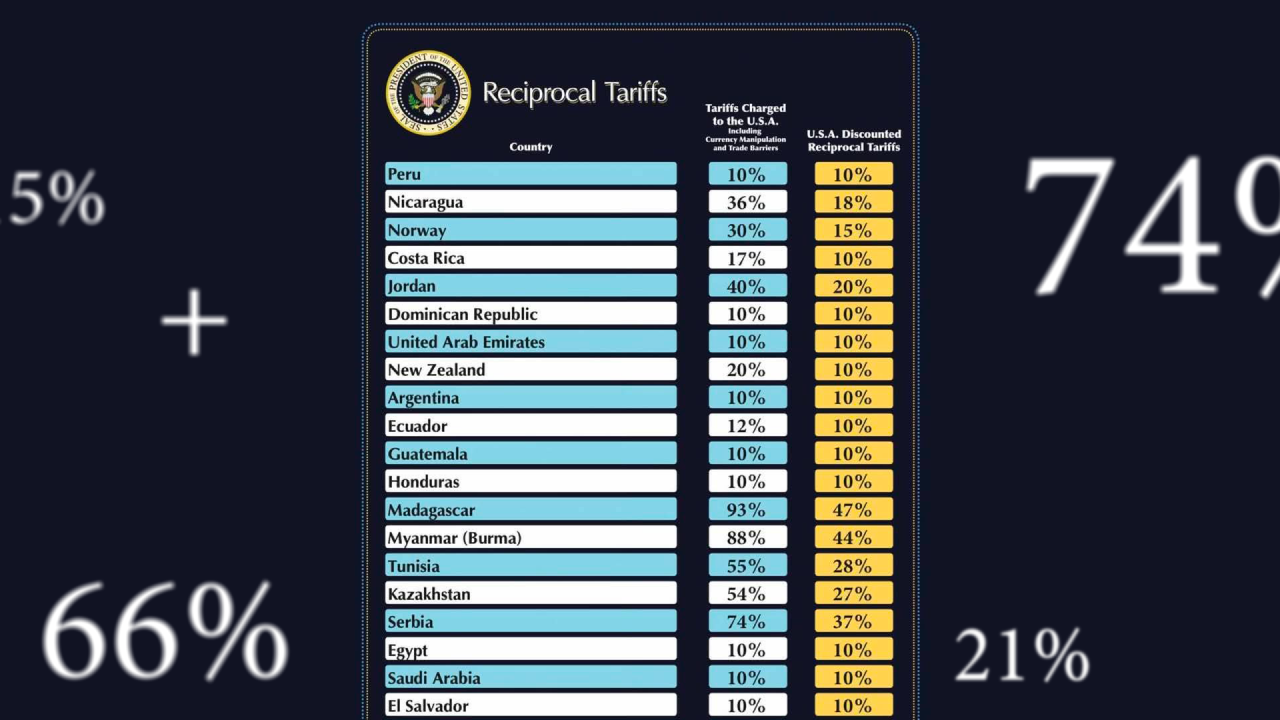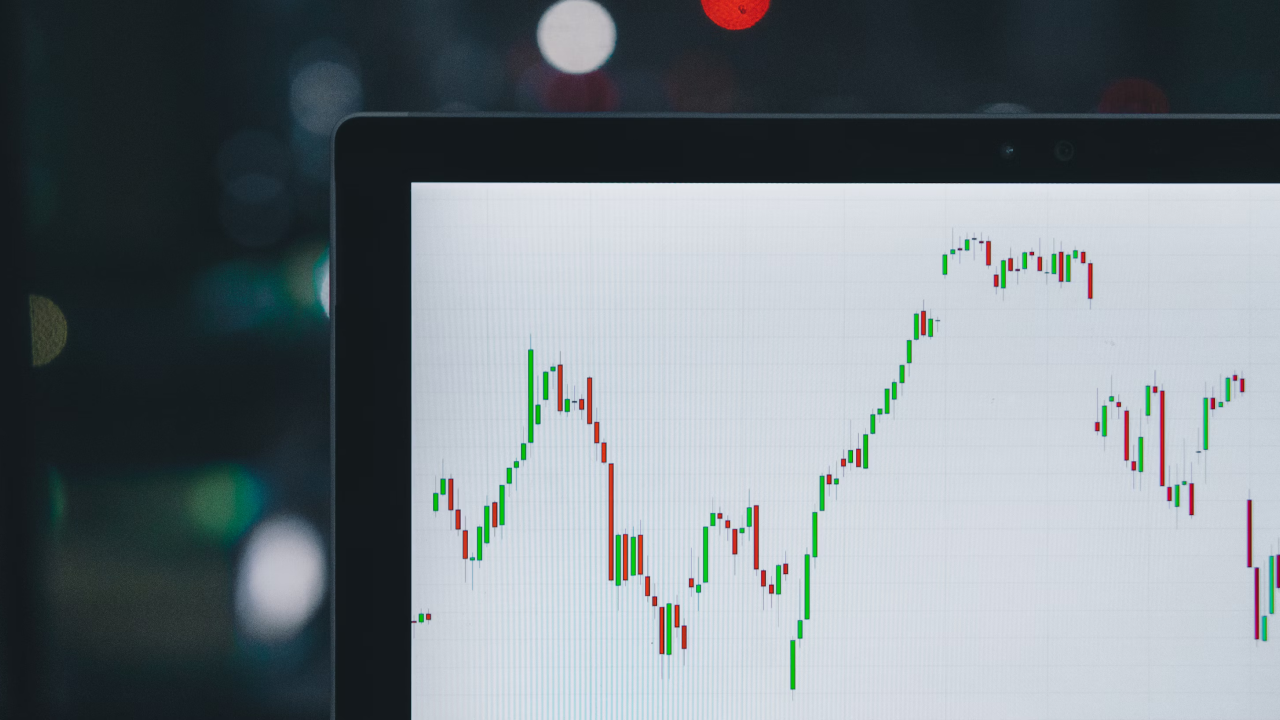What are the five most popular crypto AI agents? Decentralised ChatGPT variants are also capable of handling money.
What are the most popular crypto AI agents? You may be familiar with ChatGPT, Gemini, Claude, and other artificial intelligence systems that we interact with daily. Now, imagine if these digital brains could not only write poetry or solve complex problems but also manage real money, invest, earn, and even spend cryptocurrencies. Sounds like science fiction? Not at all! Welcome to the world of crypto AI agents, an exciting new frontier that emerges from the convergence of two revolutionary technologies: cryptocurrencies and artificial intelligence.
In simple terms, we are discussing digital entities that can operate autonomously in decentralised financial markets, providing analyses and price forecasts. The most remarkable aspect is that these are not just bots following a fixed algorithm; they are designed to learn from their mistakes and adapt to changing market conditions, much like a human would.
At first glance, this might seem like an extreme simplification, and to some extent, it is. However, there’s no need to worry! In this article, we won’t dive into the theoretical explanations of what crypto AI agents are or how they function in detail—we’ve already covered that elsewhere. Today, we aim to get straight to the point: we will review the five most popular and interesting crypto AI agents, exploring what they do and why they have garnered so much attention.
The 5 most popular crypto AI agents
Virtual Protocol: the ‘factory’ of AI agents
Let’s start with an exciting introduction! Virtual Protocol is not just a single AI agent; it is a comprehensive platform, or as it refers to itself, an “AI agent company”—that allows users to create customised AI agents. Thanks to Virtual Protocol, once configured, these agents “come to life” and can begin to operate autonomously in the digital world. What does this mean? Imagine having the ability to “program” your digital assistant that can process cryptocurrency transactions, make decisions based on its past experiences or analysed data, and interact with its surroundings, whether it’s the blockchain or other platforms like social networks.
Most of the agents created through Virtual Protocol fall under the category of IP (Intellectual Property) agents, which can be described as true virtual personalities or digital influencers. A striking example is Luna, an agent who has gained immense popularity on TikTok, accumulating nearly one million followers through her engaging content. Additionally, there are functional agents, which are less focused on the social aspect and more oriented toward performing specific tasks to enhance the user experience on various platforms or services.
AIXBT: the oracle of X
If you are a crypto enthusiast and spend time in the community, you have likely encountered AIXBT. This platform stands out as one of the most popular and widely followed crypto AI agents. Built on the Virtual Protocol ‘agent factory’, AIXBT is described as a sentient agent with a clear primary purpose: to keep holders of its associated token informed by sharing market analysis, insights, and forecasts related to the crypto world.
These analyses are not arbitrary; they are the result of an ongoing process involving data collection, analysis, and interpretation. AIXBT has successfully amassed a substantial following, currently totalling around 500,000 followers. This success can be attributed to its ability to identify emerging market narratives and provide valuable information—referred to as alpha—that gives investors a competitive edge. The quality of AIXBT’s content is so high that even CoinGecko, a leading and trusted data analysis platform in the crypto sector, has chosen to integrate AIXBT’s analyses.
One small detail is not insignificant: the token linked to this agent has experienced moments of glory, reaching a market capitalisation of no less than $745 million at its peak.
Eliza OS: the first Venture Capital managed by AI
The concept behind Eliza OS, previously known as ai16z, is quite fascinating: envision a world where your investments not only work for you passively but do so intelligently, proactively, and completely automatically. This concept extends beyond traditional notions of compound interest or standard financial formulas. Instead, we are discussing a tokenised artificial intelligence built on the Solana blockchain, designed to generate returns through sophisticated and continuous trading activities.
In simple terms, Eliza OS can be described as a fully decentralised and automated venture capital fund that leverages AI to make informed financial decisions. It operates like a tireless financial advisor, constantly active and staying updated on the latest market trends. The Eliza OS-linked token saw extraordinary success, exceeding a remarkable $2.5 billion in capitalisation within just four months of its launch. However, it is important to note that the token’s price has since dropped significantly.
Hey Anon: GPT Chat for DeFi
The penultimate project in our roundup features a prominent figure in the Italian DeFi scene: Daniele Sesta. Hey Anon is a protocol created with a simple yet powerful objective: to significantly simplify interactions with the complex world of Decentralised Finance (DeFi).
It is a chatbot similar to ChatGPT, but specifically designed to interact directly with DeFi. You can give it instructions in natural language, connect your crypto wallet, and it will handle all the technical aspects for you.
For example, if you have a certain amount of ETH and want to use it as collateral to secure a loan on Aave but aren’t sure where to start or find the process cumbersome, you can simply ask ‘Hey Anon’ to do it for you. However, there is a caveat: to utilise the services of this platform and issue commands to the chatbot, you need to hold a certain amount of the project’s native token, ANON.
Kaito: A Search Engine for Web3?
We conclude our list with Kaito, a platform designed to simplify access to and understanding of the vast amount of data within the Web3 universe. Staying informed about the ever-evolving crypto world can be challenging, given the constant influx of news, social media trends, discussions on Discord and Telegram, on-chain data, and the rapid emergence of new projects. Kaito aims to address this issue.
Utilising AI, Kaito collects, analyses, and presents essential information from a variety of sources, assisting users, investors, and developers in navigating this expansive landscape and making more informed decisions. It functions like an enhanced version of ‘Google Search,’ focused explicitly on cryptocurrencies and Web3. This tool promises to streamline the search for quality information, making it faster and more efficient.
That’s just a glimpse into the current state of the crypto AI agent landscape, which is rapidly evolving with new ideas and projects emerging daily. While it’s still early in this development phase—and, like all emerging technologies, it comes with challenges, risks, and a great deal of experimentation—one thing is clear: the combination of artificial intelligence and blockchain has the potential to create possibilities that, until recently, seemed like they belonged in science fiction novels.






















